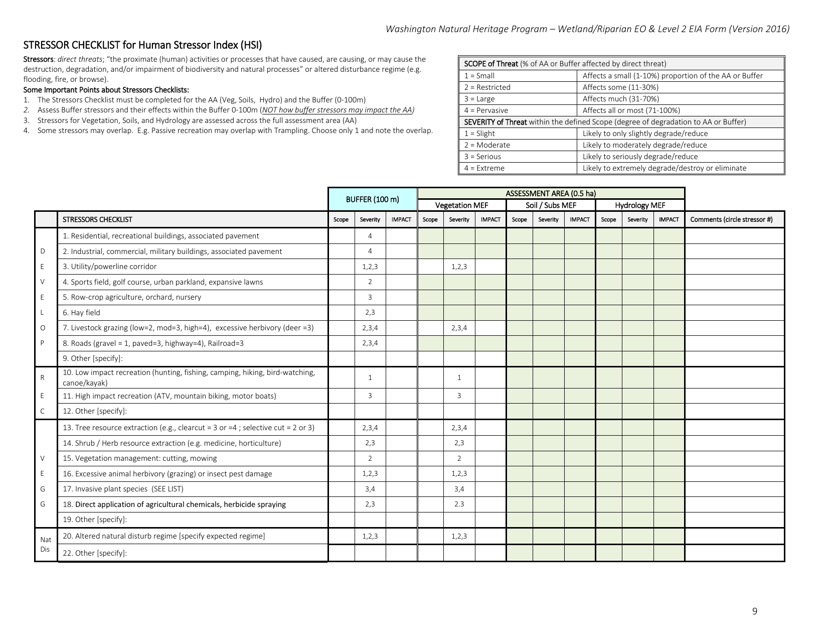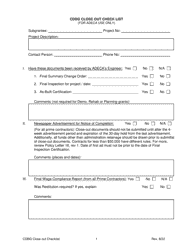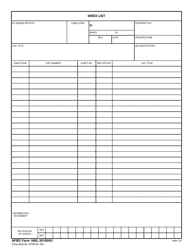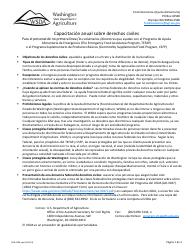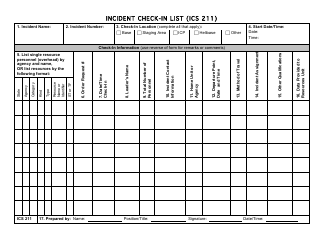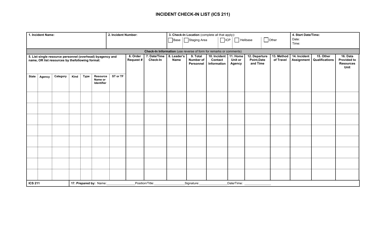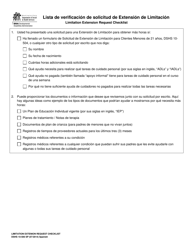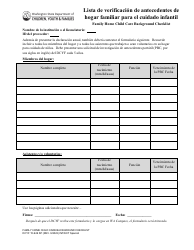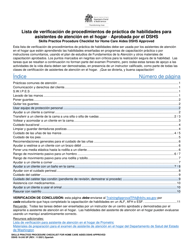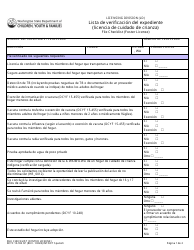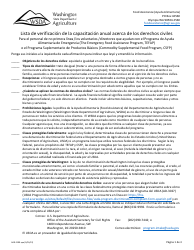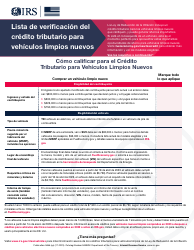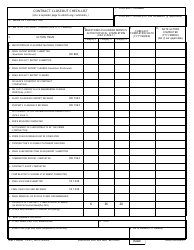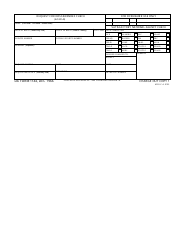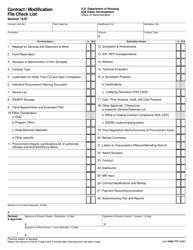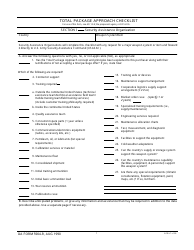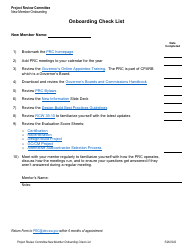Stressor Checklist for Human Stressor Index (Hsi) - Washington
Stressor Checklist for Human Stressor Index (Hsi) is a legal document that was released by the Washington State Department of Natural Resources - a government authority operating within Washington.
FAQ
Q: What is the Stressor Checklist for Human Stressor Index?
A: The Stressor Checklist is a tool used to assess stressors in the Washington area.
Q: What is the Human Stressor Index?
A: The Human Stressor Index (HSI) is a metric that quantifies and measures the stressors experienced by humans in a particular area.
Q: What is the purpose of the Stressor Checklist?
A: The purpose of the Stressor Checklist is to identify and document various stressors that may impact individuals in the Washington area.
Q: How is the Stressor Checklist used?
A: The Stressor Checklist is used by researchers and policymakers to understand the stressors in a specific region and develop strategies to address them.
Q: What are some examples of stressors measured by the Stressor Checklist?
A: Examples of stressors measured by the Stressor Checklist can include noise pollution, air pollution, crime rates, traffic congestion, and access to healthcare and education.
Q: Who can benefit from the Stressor Checklist?
A: The Stressor Checklist can benefit researchers, policymakers, and communities who want to understand and address the stressors faced by individuals in the Washington area.
Q: Is the Stressor Checklist specific to Washington?
A: Yes, the Stressor Checklist is designed specifically for use in the Washington area to capture the unique stressors of that region.
Q: Are there any limitations to the Stressor Checklist?
A: Yes, the Stressor Checklist may not capture all possible stressors and can be subjective based on individual perception.
Q: How can the Stressor Checklist be improved?
A: The Stressor Checklist can be improved by regularly updating and expanding the list of stressors based on new research and community feedback.
Form Details:
- Released on January 1, 2016;
- The latest edition currently provided by the Washington State Department of Natural Resources;
- Ready to use and print;
- Easy to customize;
- Compatible with most PDF-viewing applications;
- Fill out the form in our online filing application.
Download a printable version of the form by clicking the link below or browse more documents and templates provided by the Washington State Department of Natural Resources.
